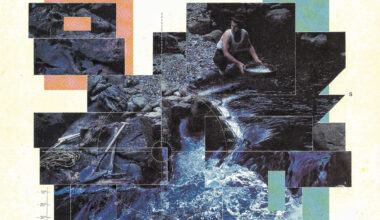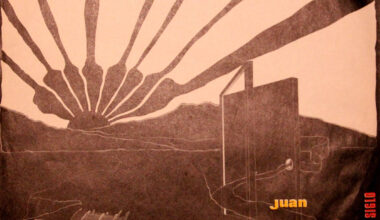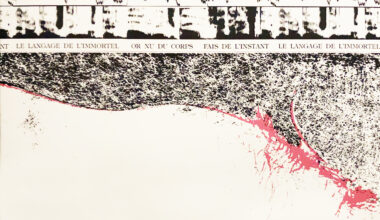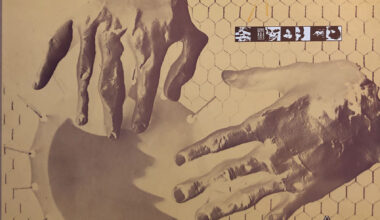Back in the 70s, in the search for alternative interfaces to control sound, the likes of Pierre Henry, Alvin Lucier, Pauline Oliveros and David Rosenboom all tried to tap into brain power. The resulting brainwave music albums were noisy, weird and fascinating…
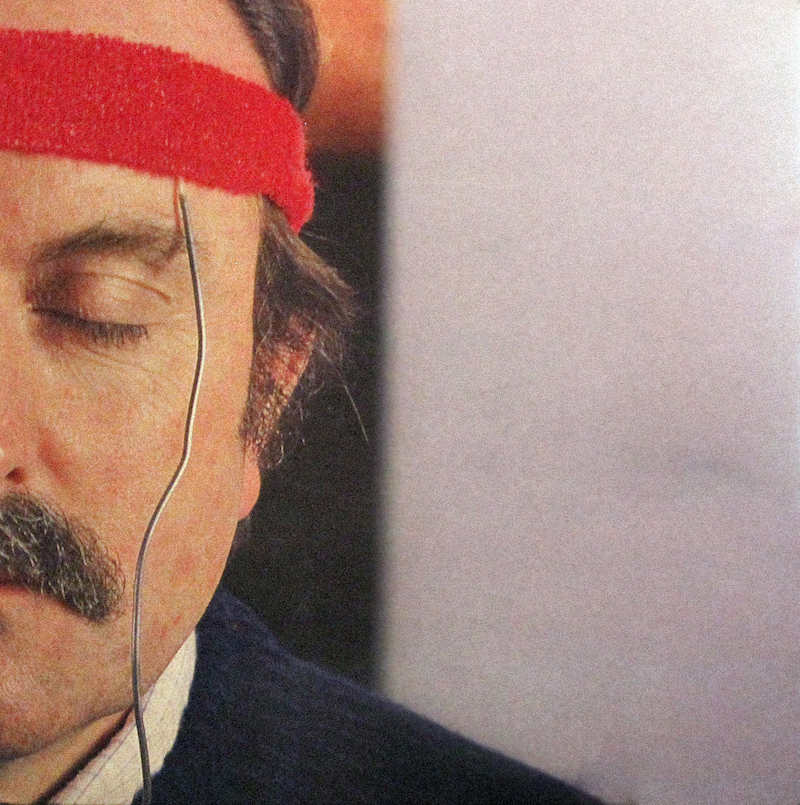
This month we’re talking about albums that are all about attaching electrodes to your head and making music with the signals they produce. I started thinking about these records when a friend, of mine who was a student of David Rosenboom’s in Canada, sent me a YouTube link. I was the second person to watch it, my friend must have been the first, but it’s since been eradicated from the internet!
It was a clip from an American TV chat show called ‘The Mike Douglas Show’. He had John and Yoko on it several times, and on this particular clip they were with David Rosenboom, sitting cross-legged on a paisley rug wearing headbands with electrodes attached, and they’re meditating. This stuff is all about meditating. I think they had the electrodes feeding into an ARP 2600, and they’re making electronic music with their brainwaves.
It was a great video, it’s a shame it’s disappeared. Rosenboom describes what they’re doing as “biofeedback”, and the technology allows the user to control their own physiological processes. He released the album ‘Brainwave Music’ in 1975, and the track ‘Portable Gold And Philosophers’ Stones’ is a whole side of long, resonating synth drones.
The clip of John and Yoko reminded me of the Alvin Lucier/Pauline Oliveros record ‘Music For Solo Performer (For Enormously Amplified Brain Waves And Percussion)’. Lucier first performed the piece in 1965, and it was probably the first example of music being made by brainwaves.
At the premiere at the Brandeis University in Massachusetts on 5 May 1965, Lucier sat in a chair with electrodes attached to his head, and the alpha waves picked up by the electrodes were converted into audio and then sent to speakers that were attached to percussion instruments.
John Cage was there and helped with the technical process. There is video of Lucier performing this piece. It looks really good, the way they’ve set out the instruments, and Lucier sitting there meditating, which triggers these rattles and noises from snare drums and timpani. When you start listening to the record, and you think, “I’m not going to sit through all this”, and after 10 minutes you’re sitting there zoned out just listening to it. It’s such a good record.
Alvin Lucier is a genius, a pure sound artist. He did a piece in France recently, ‘Heartbeats To The Moon’, where his heartbeat was being picked up by a microphone, sent though the strings of a Chinese instrument called a guqin and sent to the Moon, bounced back after a couple of seconds and then the heartbeats start to mix with the live sound back on Earth. The fact that it’s bouncing off the Moon, to come up with that idea, much less to make it actually work, is amazing.
There’s also a Pierre Henry album called ‘Mise En Musique Du Corticalart De Roger Lafosse’, the sleeve notes describe it pretty well: “Live improvisations recorded Feb 15-21, 1971 by Pierre Henry from Roger Lafosse’s Corticalart device, allowing to transcribe the electric cortex waves in electronic signals for further raw manipulations”.
It was recorded at the Museum Of Modern Art in Paris. Rather than making acoustic instruments vibrate, they’ve gone straight into a synthesiser, using oscillators to make music. The tones from the synths are being modulated by brainwaves. You can hear them making the synths wibble and scream. It’s quite uncanny. It’s a really noisy record, in fact it’s his noisiest. It sounds like Merzbow. He made several albums of electronic music with the Corticalart device, but this first one has the best artwork!

